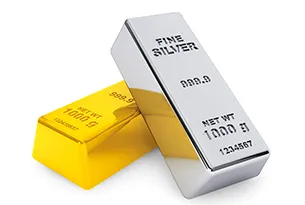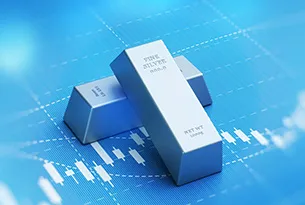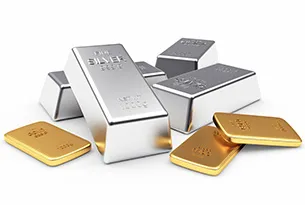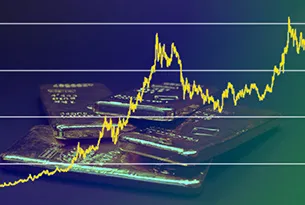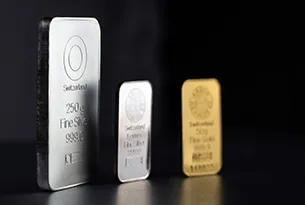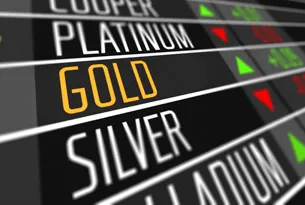“Income” option trading, or selling premium, is becoming all the rage, but one trader explains why this seemingly sure-fire strategy does not give the trader the edge over the markets that many believe.
From time to time, we like to take a break from our normal in-depth analysis of the option-sphere and bust a few myths proliferated by many of my dishonest counterparts in option education.
I debunked the myth that 10% a month is realistic (it's not). I debunked the myth that trading the same trade every month works (it doesn’t). I debunked the myth that risk management is more important than trade selection (it isn’t).
And now it’s time to go after something else that has been on my mind. This time, I am attacking the phrase “income trading.”
Income trading is one of the most popular catch phrases among option educators. I always get a kick out of retail traders when they call themselves “income traders.” It has come to be a term that describes traders who sell premium. These traders try to sell condors, buy butterflies, and buy calendars. The issue is that very rarely have I met an income trader that has income from options.
Why is that?
The problem with income traders is that they see options trading along the lines of buying bonds or purchasing an annuity. Many programs package income trading as if all it takes is a training program and the trader is on a fast train to an easy living.
The term “income trading” almost implies some sort of certainty of receiving income from only selling options. Options, the easiest annuity that anyone can afford…all you have to do is say “sold!”
But hold on a minute…
What’s crazy is that nearly every option trader is trying to be an income trader. Do people buy options because they intend to lose money? Do traders buy straddles, strangles, and sell calendars because they are giving gifts away to their retail trading colleagues? Do market makers price options in a way that any time they are long premium, they lose? The answer to all is no.
I can promise you that I have never made a trade in my personal account with the intent of losing money (although I do occasionally put on bad trades in the Option Pit educational account so that I can show people what not to do).
Say what you will, but statistically, at the time of the trade, there are very few times where the trader is at a true advantage (this is one reason trade selection is so important). A 10-Delta option receives premium equivalent to an option that has about a 10% chance of getting in trouble. Why in the world would traders believe that they are going to automatically make cash?
NEXT: Don't Fall Victim to the "2% Rule!"
|pagebreak|Don't Fall Victim to the "2% Rule"
Two percent, that’s why! The old saying is that implied volatility is 2% overpriced most of the time. This is why traders believe they can win. It is also the number-one selling point for “income trading.”
One interesting thing to think about is what the 2% premium represents. It would mean that the average trade has an edge that is the equivalent of 2% multiplied by the short Vega of the position Greeks.
However, remember that a retail trader is giving away a little cash on the bid-ask spread, and then the trader is giving away money to their broker in and out of the trade.
Next time one of you has an iron condor trade on, do some math: What is 2% multiplied by the Vega of the position. Is it really a lot of money?
Once you subtract commissions and the bid-ask spread, does that 2% “edge” make the trade a big winner, a loser, or a wash?
The answer is likely near a wash and possibly a loser. For example, an August SPX iron condor sold at the 10 Deltas would have about $200.00 of edge in it, but minus commission in and out ($80-$120) and the bid-ask spread ($50-$100), the edge is gone.
To make matters worse, selling premium has become a popular approach for many other traders that are not retail traders. There are major funds that sell premium all the time. In strategies that are stunningly “retail-like,” many medium- to large-sized hedge funds are selling iron condors, puts, and calls in order to produce results.
This has caused some wild times in the market over the last few months. It is the number one reason—in my opinion—why the VIX has been able take the massive dives after major market selloffs.
It has also pushed normal premium levels down to levels that, relative to historical volatility (depending how it is measured), are no longer anywhere near a 2% premium that many believe exists.
If the 2% edge isn’t real, can a trader win? Yes, of course they can, however, the trader has to be smart. The trader, as I have stated many times, needs to learn to trade for real edge; one that can be duplicated in the markets over and over again.
The moral of the story: Learn to trade with an edge. Don't be a premium buyer; don't be a premium seller. Be a premium trader.
See related: How to Sell Options for Income
By Mark Sebastian of Option Pit blog




















